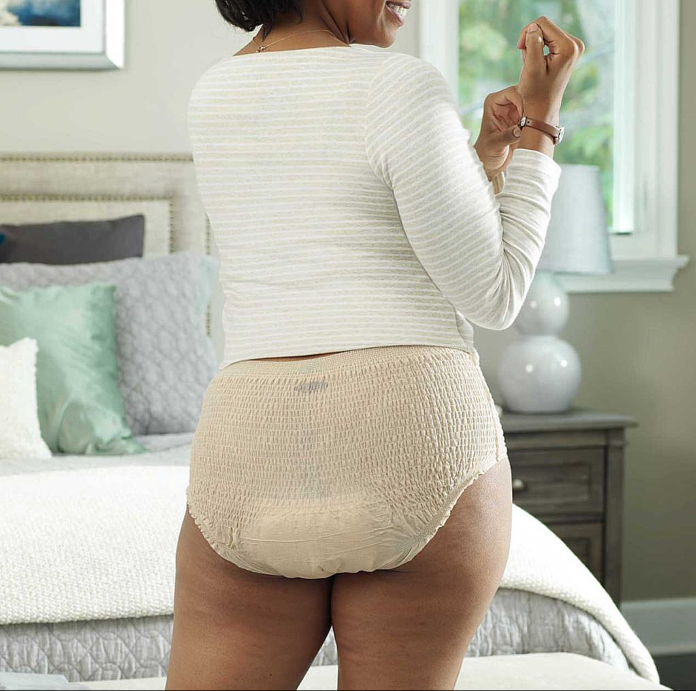Believe or not, babies aren’t the only ones who suffer from diaper rash. If you wear adult diapers, incontinence briefs or pads, unfortunately, you will probably suffer from adult diaper rash at some point in time. According to the Urology Care Foundation, as many as 1 in 3 adults—more than 80 percent of them women—have bladder control issues. As a matter of fact, the highest prevalence of urinary incontinence is noted among Black men.
What are the causes of adult diaper rash?
Diaper rash is primarily brought on by unsanitary diapering practices. A few of the causes that can produce the uncomfortable rash…
- Infrequent diaper changes causing the skin to be exposed to irritants such as the ammonia in urine and/or the enzymes in stools for long periods of time
- Constant rubbing or chafing of the skin
- Allergic reactions to the ingredients (dyes, perfumes) used in the diapers, underwear, pads, or personal hygiene wipes, lubricants
- Bacterial infections
- Yeast or fungal infection
- Skin flare-ups from dermatological issues like psoriasis and eczema
What are the symptoms of adult diaper rash?
Adult diaper rash can show up on your groin and buttock, but it can also pop up on your thighs and hips. The condition can result in…
- Pink to reddish irregularly-shaped patches or spots of dry skin
- Itchiness and burning
- A mass of tiny red raised bumps or welts filled with a fluid
- Pain and tenderness
If the diaper rash is infected, you might experience…
- Pus that oozes from blisters
- General malaise
- Lethargy
- Fever
How is adult diaper rash treated?
The best way to avoid getting adult diaper rash is to change your diaper, pad or brief at least every two hours, sooner if it is very wet, or immediately after soiling yourself. You should also exercise such sanitary personal hygiene habits as…
- Washing the affected area with a mild hypoallergenic cleanser and warm water, then thoroughly pat it dry (avoid rubbing)
- Don’t use soaps, cleansers and personal wipes that have fragrances, dyes, and alcohol
- Only wear diapers, pads, and briefs when necessary to encourage airflow; for additional airflow use larger diapers until the rash heals
- Avoid wearing tight briefs or diapers
- Consider super absorbent, breathable, hypoallergenic briefs and pads
- After bathing or cleansing, try air drying your damp skin
- Try an OTC ointment with zinc oxide which is an effective barrier against moisture (Balmex, Desitin Rapid Relief, Z-Bum and Calmoseptine)
When to call a doctor
Most cases of diaper rash will clear up after a few days of home treatment. However, it’s important to remember that seniors are more likely to experience infections due to a weakening immune system. If any of the following symptoms occur contact your doctor…
- rash doesn’t improve after three days, even after treatment
- the rash is oozing, bleeding, or there’s puss
- rash is accompanied by fever and malaise
- burning or pain during urination or during bowel movement
A doctor might prescribe a few topical antifungal medications such as ciclopirox, nystatin, or a type of imidazole to more aggressively treat the adult diaper rash. Those with more severe cases of the condition will probably be prescribed oral drugs in addition to topical antifungal creams. Folks who suffer from psoriasis and eczema may need to use corticosteroid creams and ointments during flare-ups.
Need more information? Contact the American Urological Association, www.auanet.org











